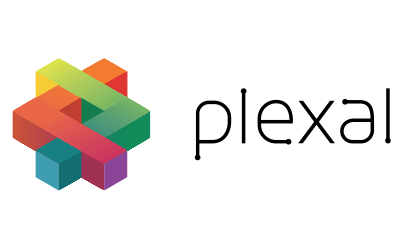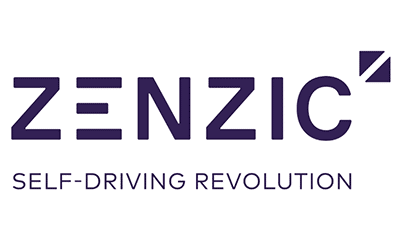
CCAV Secure Connected Transport Challenge
THE CHALLENGE
Platooning is the process of semi-autonomously connecting multiple trucks together using Vehicle to Vehicle and Vehicle to Data communications.
It could bring about benefits like reducing emissions, but as the technology evolves we need to secure data as it’s transferred as well as the vehicles involved.
And since vehicles have a lifespan of around ten years, today’s encryption won’t be sufficient and post-quantum cryptography means vehicles produced today may essentially have zero encryption.
THE INNOVATION
With funding from the Department for Digital, Culture, Media and Sport, Plexal, Zenzic and Centre for Connected and Autonomous Vehicles (CCAV) are working with startups to protect vehicles from potential cyber risks during platooning as the technology evolves.
The startups will be uncovering solutions to the security challenges created when vehicles are connected during platooning, including:
Defending vehicles from multiple attack vectors
Vehicles travel quickly, so authentication needs to happen quickly
There are large number of manufacturers and components involved
Vehicles have a lifespan of around ten years, which means today’s encryption won’t be sufficient
Post-quantum cryptography means vehicles produced today may have essentially zero encryption
There is a complex standards, legal and regulatory environment
MEET OUR STARTUPS
KETS QUANTUM SECURITY
In a world that’s becoming more connected, KETS Quantum Security protects data and secures communications networks using ultra-secure quantum technology.
Its chip-based Quantum Key Distribution (QKD) system is a mature quantum technology that underpins secure communications and other transactions through the secure distribution of cryptographic keys. QKD is future-proofed against threats created by advances in quantum computing. It’s based on the manipulation and communication of quantum optical signals
The startup’s QKD and Quantum Random Number Generator hardware enables secret and secure keys to be sent without the risk that they’ll be intercepted.
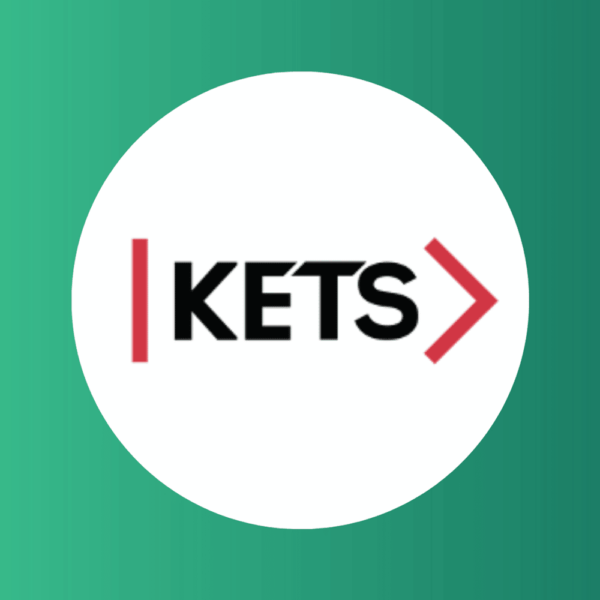
CRYPTO QUANTIQUE
Crypto Quantique is building the most secure end-to-end IoT security platform. Its Q:Architecture is a scalable architecture for quickly and securely connecting IoT devices, including Connected and Autonomous Vehicles, to applications and services.
Q:Architecture has two complementary elements.
QDID is hardware that generates random, unique and unforgeable identities and cryptographic keys on-demand in silicon. These are critical to IoT security.
QDID measures quantum effects in chips using standard CMOS processes. Keys don’t need to be stored and can be reconstructed on-demand. This removes the need for key injection, which is often expensive, complex and less secure. Microcontrollers with QDID embedded will arrive on the market in 2022.
The second element is QuarkLink: a universal IoT security platform for connecting devices to in-house or cloud-based servers. It provides:
- secure provisioning, including cryptographic keys and firmware as well as a fully functional, private public key infrastructure
- automated secure onboarding to any platform and to multiple platforms at the same time. AWS, Microsoft, and Mosquito are supported, with more to follow.
- security monitoring, including firmware encryption, signing and secure updates over-the-air, plus certificate and key renewal and revocation
QuarkLink means thousands of endpoint devices may be quickly connected to servers through cryptographic APIs.
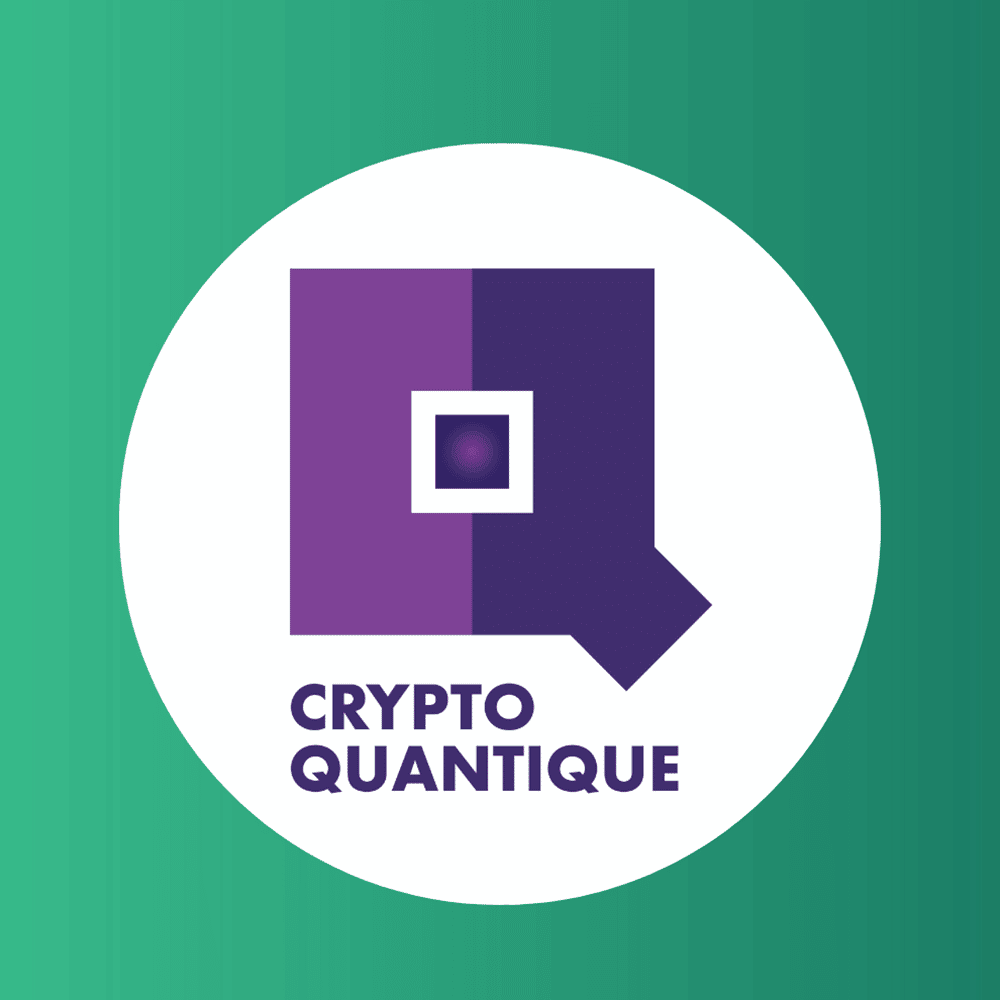
CYBERHIVE
CyberHive is on a mission to make data breaches history and secure the UK’s critical national infrastructure from attacks now and in the post-quantum future.
Through a collaboration with the University of Oxford, its first commercial offering was born: a patented technology combining hardware IP cryptography and real-time intrusion detection. This protects organisations from sophisticated cyber attacks, vulnerabilities, and human error.
The startup went on to develop more products to help companies tackle the risks associated with the transition to public cloud services and remote working.
And in 2021, CyberHive started development on its Connect product to address the needs of data security in the post-quantum era. This Mesh VPN solution uses an efficient architecture framework and novel cryptography techniques to provide extremely low-latency, peer-to-peer connectivity on even low-power, embedded devices. It employs encryption algorithms that are designed to be resistant to attacks by quantum computers.
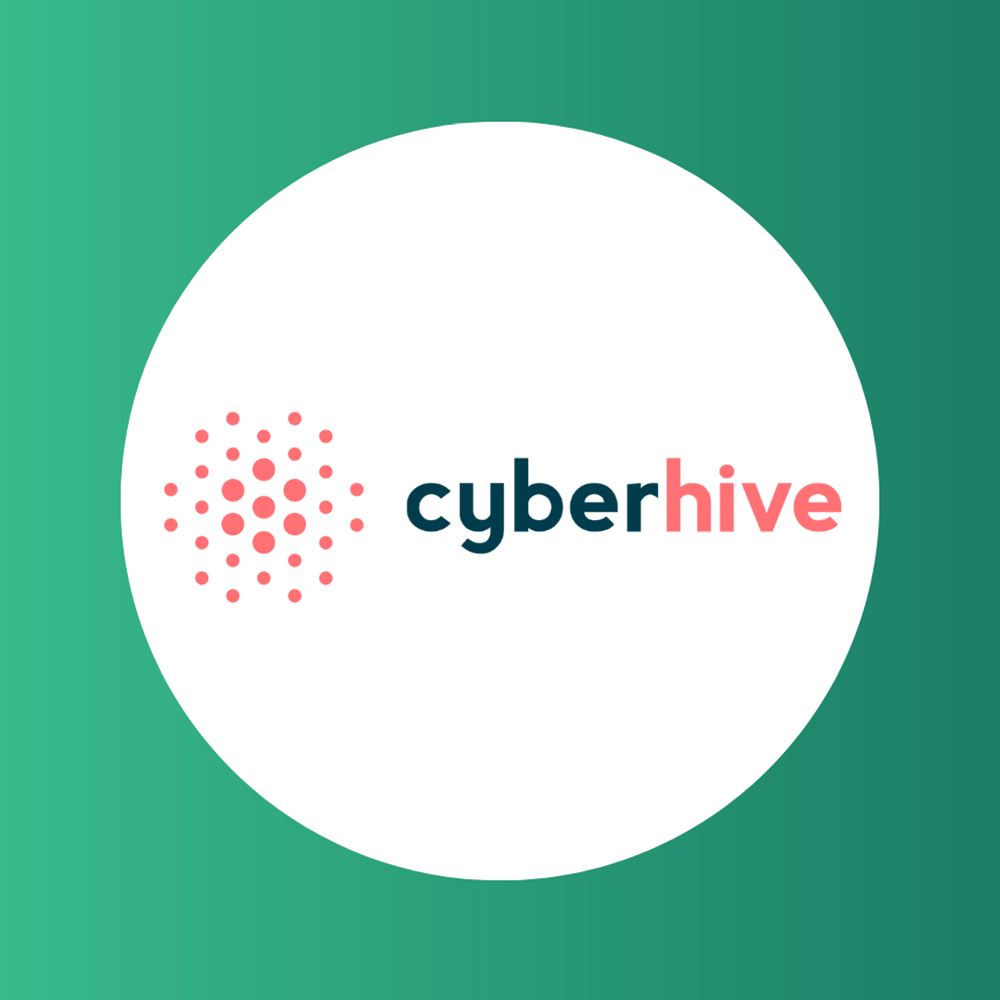
ANGOKA
ANGOKA is an IoT security company that protects machine-to-machine communications in Smart City and mobility scenarios, as well as protecting the identity of devices. It’s able to create trusted connections – even on untrustworthy networks. ANGOKA’s security protocols can be used to secure Vehicle-to-Everything communications at all stages, for example.
ANGOKA is the only cybersecurity company to win a place on Zenzic’s CAM Scale-Up Programme and is an alumnus of the National Cyber Security Centre’s Cyber Accelerator, Seraphim Space Camp, Yes!Delft, TechNation Cyber 2.0 and Plug & Play’s Smart Cities programme. It was one of 14 companies named as the Most Innovative Cyber Security SME 2021 by the UK government.

Swidch
swIDch’s One-Time Authentication Code (OTAC) is based on the world’s first one-way dynamic authentication. It enhances the security environment across a wide range of industries.
The startup plans to use its patented OTAC technology to resolve security issues related to connected vehicle security. The codes are unique and can’t be duplicated, which makes them more secure than the static and plain text commands currently used in most Vehicle to Vehicle or Vehicle to Infrastructure communications and authentication.
The unidirectional codes are also generated locally off the network, which reduces latency issues related to existing bi-directional infrastructure. Latency and security are crucial issues for Vehicle to Everything communications. swIDch is confident that it can help address these issues and enable innovation.

“Connected trucks and vehicles represent the future of road transport and platooning specifically can unlock benefits society needs, including reducing emissions.
But we must bake trust into the security infrastructure underpinning connected transport and protect data – along with the vehicles themselves – from cyber threats.”
Saj Huq, Chief Commercial Officer, Plexal

PROGRAMME PARTNERS

